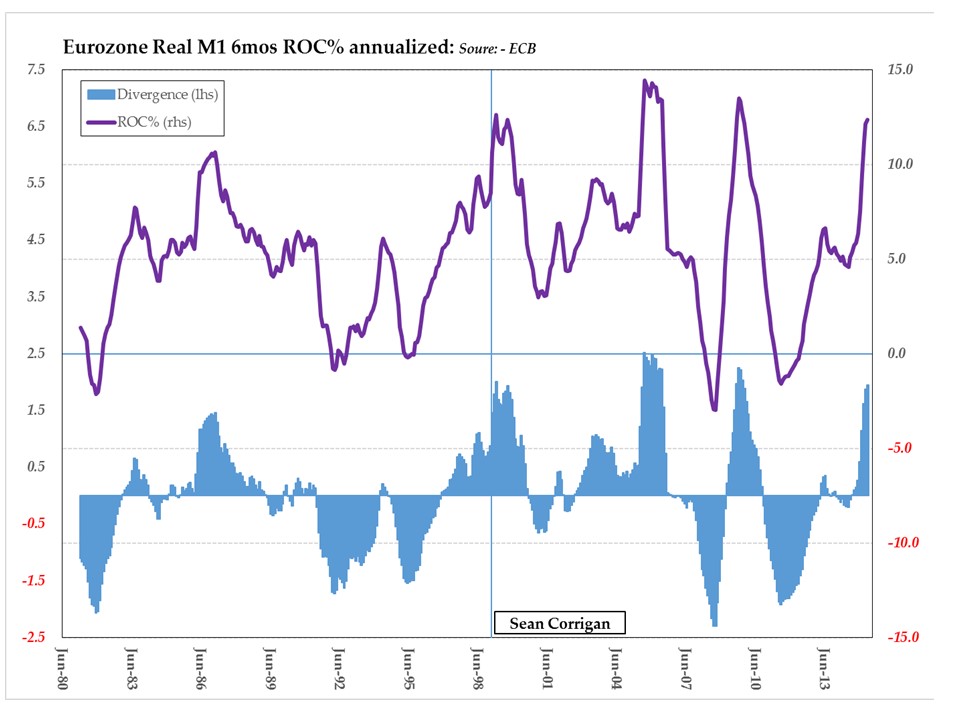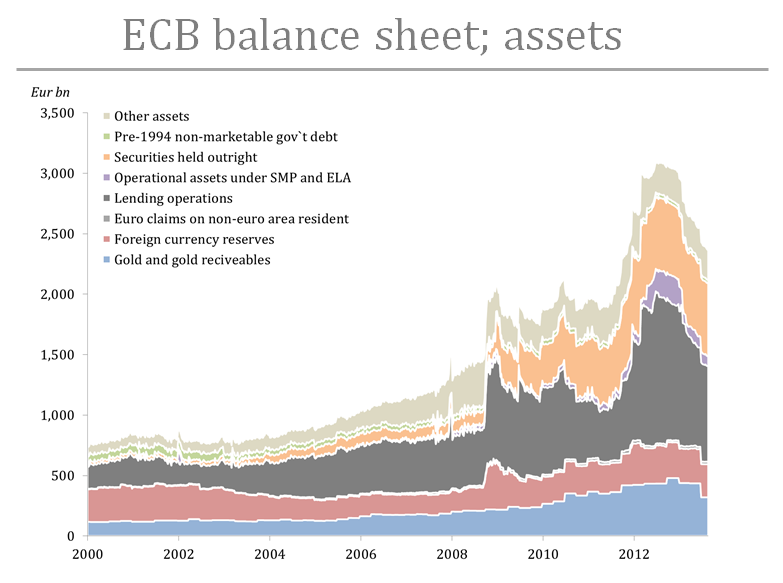Most experts are of the view that the massive monetary pumping by the US central bank during the 2008 financial crisis saved the US and the world from another Great Depression. On this the Federal Reserve Chairman at the time Ben Bernanke is considered the man that saved the world. Bernanke in turn attributes his actions to the writings of Professor Milton Friedman who blamed the Federal Reserve for causing the Great Depression of 1930s by allowing the money supply to plunge by over 30 percent.
Careful analysis will however show that it is not a collapse in the money stock that sets in motion an economic slump as such, but rather the prior monetary pumping that undermines the pool of real funding that leads to an economic depression.
Improving the Economy Requires Time and Savings
Essentially, the pool of real funding is the quantity of consumer goods available in an economy to support future production. In the simplest of terms: a lone man on an island is able to pick tewenty-five apples an hour. With the aid of a picking tool, he is able to raise his output to fifty apples an hour. Making the tool, (adding a stage of production) however, takes time.
During the time he is busy making the tool, the man will not be able to pick any apples. In order to have the tool, therefore, the man must first have enough apples to sustain himself while he is busy making it. His pool of funding is his means of sustenance for this period—the quantity of apples he has saved for this purpose.
The size of this pool determines whether or not a more sophisticated means of production can be introduced. If it requires one year of work for the man to build this tool, but he has only enough apples saved to sustain him for one month, then the tool will not be built—and the man will not be able to increase his productivity.
The island scenario is complicated by the introduction of multiple individuals who trade with each other and use money. The essence, however, remains the same: the size of the pool of funding sets a brake on the implementation of more productive stages of production.
When Banks Create the Illusion of More Wealth
Trouble erupts whenever the banking system makes it appear that the pool of real funding is larger than it is in reality. When a central bank expands the money stock, it does not enlarge the pool of funding. It gives rise to the consumption of goods, which is not preceded by production. It leads to less means of sustenance.
As long as the pool of real funding continues to expand, loose monetary policies give the impression that economic activity is being boosted. That this is not the case becomes apparent as soon as the pool of real funding begins to stagnate or shrink. Once this happens, the economy begins its downward plunge. The most aggressive loosening of money will not reverse the plunge (for money cannot replace apples).
The introduction of money and lending to our analysis will not alter the fact that the subject matter remains the pool of the means of sustenance. When an individual lends money, what he in fact lends to borrowers is the goods he has not consumed (money is a claim on real goods). Credit then means that unconsumed goods are loaned by one productive individual to another, to be repaid out of future production.
The existence of the central bank and fractional reserve banking permits commercial banks to generate credit, which is not backed up by real funding (i.e., it is credit created out of “thin air”).
Once the unbacked credit is generated it creates activities that the free market would never approve. That is, these activities are consuming and not producing real wealth. As long as the pool of real funding is expanding and banks are eager to expand credit, various false activities continue to prosper.
Whenever the extensive creation of credit out of “thin air” lifts the pace of real-wealth consumption above the pace of real-wealth production this undermines the pool of real funding.
Consequently, the performance of various activities starts to deteriorate and banks’ bad loans start to rise. In response to this, banks curtail their loans and this in turn sets in motion a decline in the money stock.
Does every curtailment of lending cause the decline in the money stock?
For instance, Tom places $1,000 in a savings deposit for three months with Bank X. The bank in turn lends the $1,000 to Mark for three months. On the maturity date, Mark repays the bank $1,000 plus interest. Bank X in turn after deducting its fees returns the original money plus interest to Tom.
So what we have here is that Tom lends (i.e., gives up for three months) $1,000. He transfers the $1,000 through the mediation of Bank X to Mark. On the maturity date Mark repays the money to Bank X. Bank X in turn transfers the $1,000 to Tom. Observe that in this case existent money is moved from Tom to Mark and then back to Tom via the mediation of Bank X. The lending is fully backed here by $1,000. Obviously the $1,000 here doesn’t disappear once the loan is repaid to the bank and in turn to Tom.
Why the Money Supply Shrinks
Things are, however, completely different when Bank X lends money out of thin air. How does this work? For instance, Tom exercises his demand for money by holding some of his money in his pocket and the $1,000 he keeps in the Bank X demand deposit. By placing $1,000 in the demand deposit he maintains total claim on the $1,000. Now, Bank X helps itself and takes $100 from Tom’s deposit and lends this $100 to Mark. As a result of this lending we now have $1,100 which is backed by $1,000 proper. In short, the money stock has increased by $100. Observe that the $100 loaned doesn’t have an original lender as it was generated out of “thin air” by Bank X. On the maturity date, once Mark repays the borrowed $100 to Bank X, the money disappears.
Obviously if the bank is continuously renewing its lending out of thin air then the stock of money will not fall. Observe that only credit that is not backed by money proper can disappear into thin air, which in turn causes the shrinkage in the stock of money.
In other words, the existence of fractional reserve banking (banks creating several claims on a given dollar) is the key instrument as far as money disappearance is concerned. However, it is not the cause of the disappearance of money as such.
Banks Lend Less as the Quality of Borrowers Worsens
There must be a reason why banks don’t renew lending out of thin air. The main reason is the severe erosion of real wealth that makes it much harder to find good quality borrowers. This in turn means that monetary deflation is on account of prior inflation that has diluted the pool of real funding.
It follows then that a fall in the money stock is just a symptom. The fall in the money stock reveals the damage caused by monetary inflation but it however has nothing to do with the damage.
Contrary to Friedman and his followers (including Bernanke), it is not the fall in the money supply and the consequent fall in prices that burdens borrowers. It is the fact that there is less real wealth. The fall in the money supply, which was created out of “thin air,” puts things in proper perspective. Additionally, as a result of the fall in money, various activities that sprang up on the back of the previously expanding money now find it hard going.
It is those non-wealth generating activities that end up having the most difficulties in serving their debt since these activities were never generating any real wealth and were really supported or funded, so to speak, by genuine wealth generators. (Money out of “thin air” sets in motion an exchange of nothing for something — the transferring of real wealth from wealth generators to various false activities.) With the fall in money out of thin air their support is cut-off.
Contrary to the popular view then, a fall in the money supply (i.e., money out of ‘thin air’), is precisely what is needed to set in motion the build-up of real wealth and a revitalizing of the economy.
Printing money only inflicts more damage and therefore should never be considered as a means to help the economy. Also, even if the central bank were to be successful in preventing a fall in the money supply, this would not be able to prevent an economic slump if the pool of real funding is falling.




